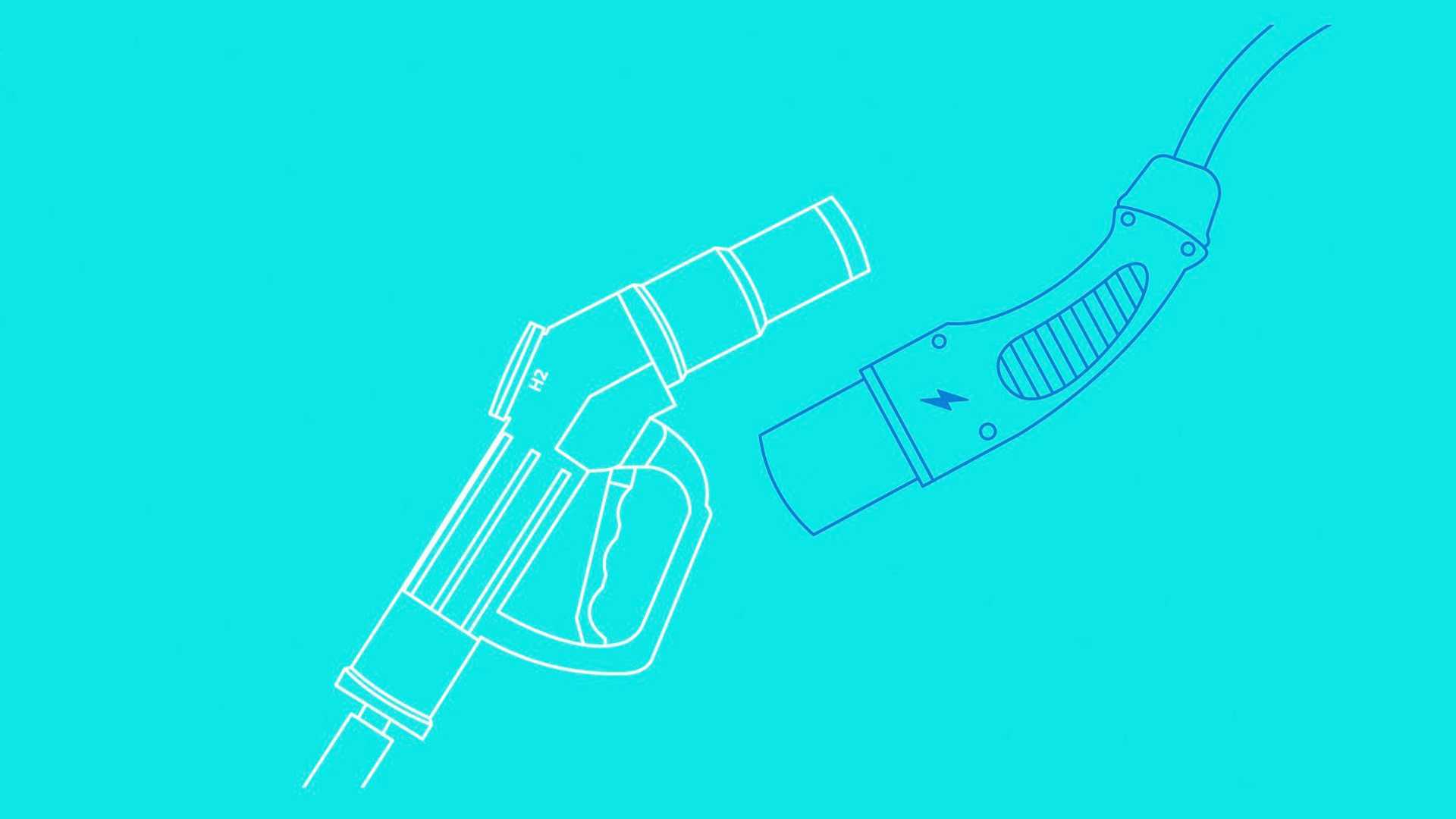At this risk of showing off I'm here in New Zealand for a number of weeks visiting our family. We've been away in their caravan which is a completely different experience from back home.
However, they've let us borrow their EV car to get around in and its the first time I've driven such a vehicle.
Its a 2012 Nissan Leaf, which is old technology these days. Its rated at 24Kw and when new supposedly had a range of 117Km. The battery life is now at 50% so the range is somewhat less than new.
Its a Japanese import and unfortunately many of the more detailed options and controls are in Japanese and its not that easy to get it updated to English. Google translate has given us a good idea of what many of the controls are but when an audible warnings sounds a pleasant Japanees lady starts shouting, especially when the range is getting low. The GPS is for Japan only but then you don't need GPS in NZ very often.
Its a novell driving experience. I've mostly used it in Eco and Regenerative mode because the max range now is about 76Km. Its enough for the family to do the school run,work run or shopping. Out of Eco mode it goes like a rocket and you get noticeably pushed back into the seat if you put your foot down, But then the battery charge drops dramatically. Also use of Air Con drops the charge significantly. The heated seats and heated steering wheel wouldn't help either.
Looking through the manual it looks like you can cool the car when on charge so that could reduce the use of the Air Con for short journey.
Yesterday we did a 32Km round trip and got back home with 55% of the battery left. Didn't use the air con so got a bit cooked . Not many charging points around and not only was I keeping an eye on the speed but also the state of the battery.
Its a small car and so has a small car ride which is to say you feel all the bumps and lumps in the road.
Can't say its tempted me to switch but there are a number of factors that make it impractical for us.
Oh well back to the sunshine
However, they've let us borrow their EV car to get around in and its the first time I've driven such a vehicle.
Its a 2012 Nissan Leaf, which is old technology these days. Its rated at 24Kw and when new supposedly had a range of 117Km. The battery life is now at 50% so the range is somewhat less than new.
Its a Japanese import and unfortunately many of the more detailed options and controls are in Japanese and its not that easy to get it updated to English. Google translate has given us a good idea of what many of the controls are but when an audible warnings sounds a pleasant Japanees lady starts shouting, especially when the range is getting low. The GPS is for Japan only but then you don't need GPS in NZ very often.
Its a novell driving experience. I've mostly used it in Eco and Regenerative mode because the max range now is about 76Km. Its enough for the family to do the school run,work run or shopping. Out of Eco mode it goes like a rocket and you get noticeably pushed back into the seat if you put your foot down, But then the battery charge drops dramatically. Also use of Air Con drops the charge significantly. The heated seats and heated steering wheel wouldn't help either.
Looking through the manual it looks like you can cool the car when on charge so that could reduce the use of the Air Con for short journey.
Yesterday we did a 32Km round trip and got back home with 55% of the battery left. Didn't use the air con so got a bit cooked . Not many charging points around and not only was I keeping an eye on the speed but also the state of the battery.
Its a small car and so has a small car ride which is to say you feel all the bumps and lumps in the road.
Can't say its tempted me to switch but there are a number of factors that make it impractical for us.
Oh well back to the sunshine


